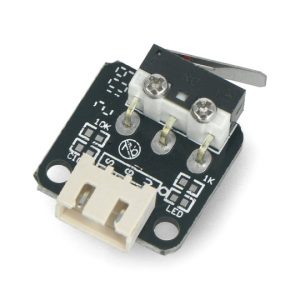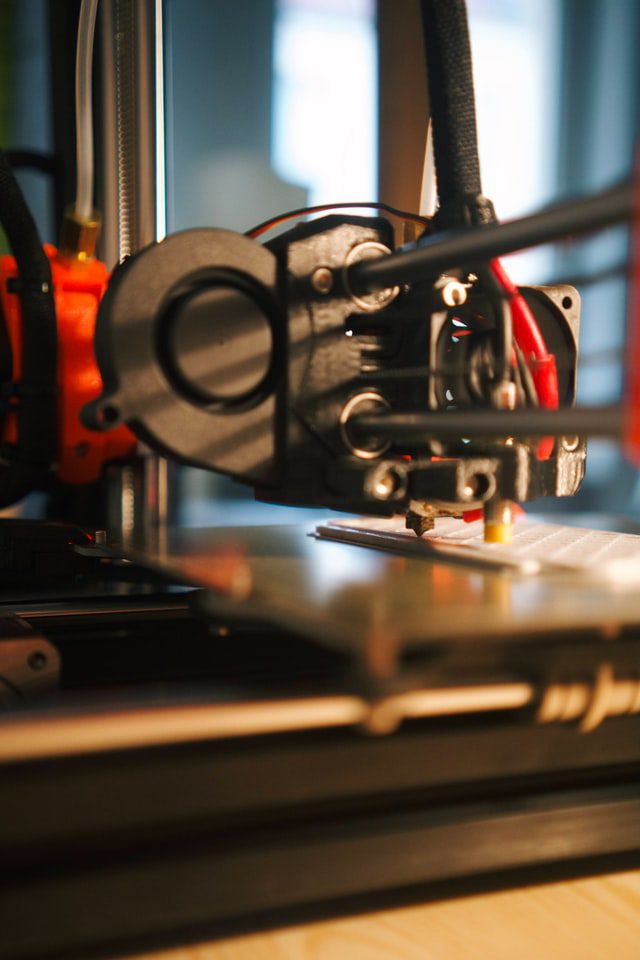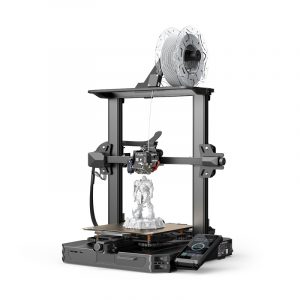Table of Contents:
In many an office stands a large, mysterious Xerox – a machine with powerful capabilities, generally known for what it is used for and what it can do, but not so detailed. 3D printers for use in the workplace and for home use are becoming more common and available to everyone. Having an understanding of the parts helps with purchase, operation and maintenance. Let’s take a slightly broader approach to the topic today than just a buzzword and glossary.
3D printer motherboard
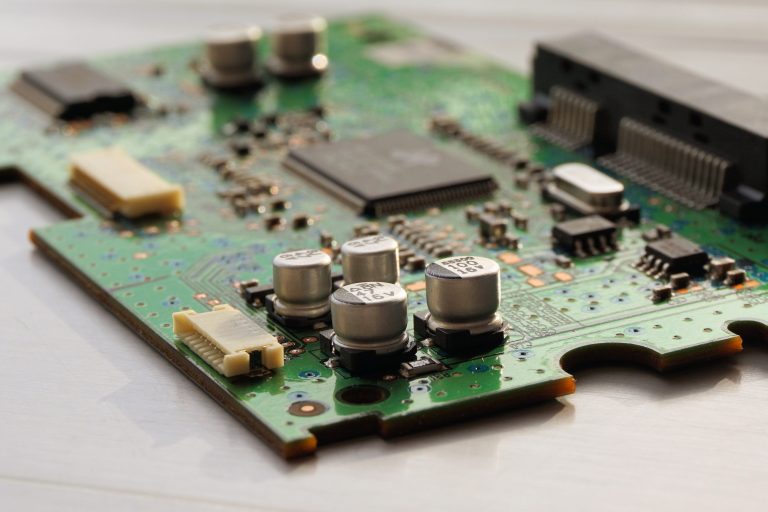
The real brain of the whole operation. Its job is to take input and direct the movements of the mechanical parts of the printer. Some boards are simple and only suitable for current functions. Others are complex and have a design that allows for additional functionality and future expansion.
Just like in a computer, there is a processor on the board. The chip has enough computing power to calculate basic motor movements, including direction and acceleration. Without a reliable controller, the printer will not be able to operate at its full potential.
3D printer frame
The 3D printer frame is similar in function to a computer case. Both hold all the mechanical and electrical components together. Frames are usually closed or open, although there are sometimes semi-closed frames that have closed sides with an open front or top. This is such a visual cue for the imagination of those who have yet to see a 3D printer in real life and can’t quite picture one. The task of a good closed type frame is also to protect it from dust and other contaminants and to maintain the right temperature in the printing space.
Common construction types are:
- Articulated and bar construction: the simplest, most common. Bars or rods are simply joined together using joints, making it an easy and less expensive construction. The components are exposed.
- Laser and CNC cutting: Another budget option, often made from plywood, acrylic or plastic. Components are laser cut or manufactured on CNC machine tools and fitted together to form the structure. Assembly can be a little more difficult.
- Metal frames, injection moulding: usually more expensive. Metal frames created by injection moulding are best for business/industrial applications and those of you looking for high quality. Robust, durable, although sometimes difficult to rework or customise.
Endstop, a cut-off in a 3D printer
Limit stops are markers along three axes that define the range and position of each mechanical component. The scanning of the limit stops can be mechanical or optical.
Power supply module, power supply in 3D printer
Housed in a compact case with cables and a fan, the power supply unit – as the name suggests – is responsible for powering the entire unit, i.e. it supplies the device with electrical energy. A common English abbreviation is PSU (Power Supply Unit). A 3D printer’s power supply unit is sometimes mounted on the frame to save space, but can also be housed in a separate controller enclosure that also houses the user interface components.
When analysing power supplies, it is useful to understand the terminology associated with voltage or current, as indicated by the designations.
- Rated voltage refers to the voltage that the power supply accepts from an outlet.
- Output voltage is the DC voltage that the power supply can deliver to the printer.
- Output current refers to the highest number of amps that the power supply can deliver to the printer at any given time.
- The output voltage and output current give us the total wattage, which determines how much power the power supply can deliver. Essential for checking compatibility with the hot end of our 3D printer.
3D printer work platform
This is where the extruder places the filament material, one layer at a time, to create the 3D model. The first function is to provide a flat surface for the bottom layer of the print. The second is to act as an adhesive surface with which the extruded material temporarily bonds, holding the print in place as more layers are applied. The working platform can be heated or unheated. The former facilitates adhesion of the first layer and increases stability. This prevents warping and improves the quality of the 3D print. Working platforms may require the user to apply a layer of adhesive or similar adhesion agent.
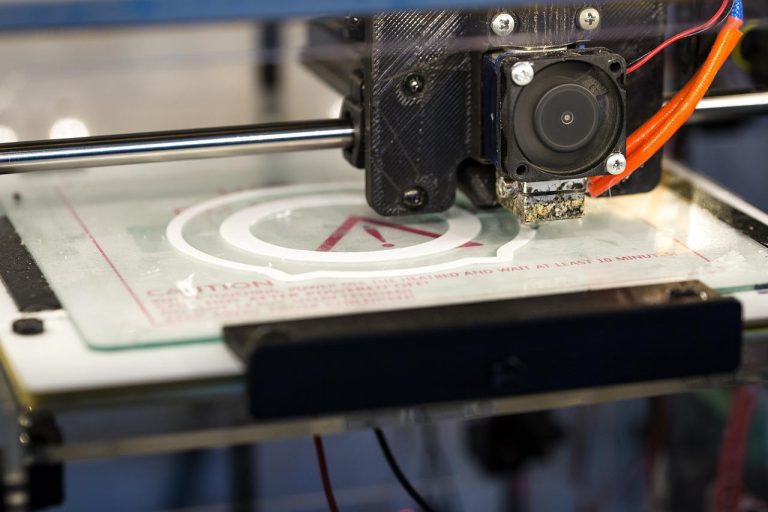
Printhead, extruder, nozzle
It is the print head (or extruder) which is responsible for working with the raw filament, divided into a cold end and a hot end. The cold end deals with the solid filament, the hot end works with the molten substance.
The cold end “grabs” the filament from the spool and gradually moves it towards the hot end. The hot end, which maintains a temperature higher than the melting point of the filament, then melts and places the filament through the nozzle onto the printer bed. The end of the extruder, called the nozzle, pushes the filament out. A cooling fan enters the scene: the layer is cooled and cured before the next layer is applied. Describe it to friends with no knowledge of 3D printing with these words – a wow effect is guaranteed.
User interface of the 3D printer
Many 3D printers have interfaces that allow you to control settings without the need for a computer. The user interface is used for functions such as:
- Checking and setting parameters.
- Initiating the loading or unloading of filament.
- Setting connectivity or file transfer options.
- Managing or monitoring prints.
- Diagnostics.
Here a veritable marketplace of ideas like a smartphone – interfaces consist of an LCD screen and a dial, a dial alone or a set of buttons to operate functions, and some even have full-colour interfaces with touch screens.

Summary
A 3D printer has a lot of components. There are of course more and with all the technical specifications we would have to devote a separate text to each of them. Ultimately, however, 3D printers, while they may look complicated from the outside, the concept of the basics of how they work is relatively simple. The more you know about how the internal components work, the easier it will be for you to repair and maintain your own device.
If you are in the process of buying a part, keep all your options in mind, especially a few critical aspects. It may be debatable (because everything is important), but the controller board is the most important and if you want to spend money on a part, it is the one you should consider first.
Right next to it is compatibility – make sure twice that everything has been fitted properly. The upside of incompatibility is that you don’t have to fix anything, but the downside trumps it – because nothing works. See you in the next article on the Botland Blog!
How useful was this post?
Click on a star to rate it!
Average rating 0 / 5. Vote count: 0
No votes so far! Be the first to rate this post.

